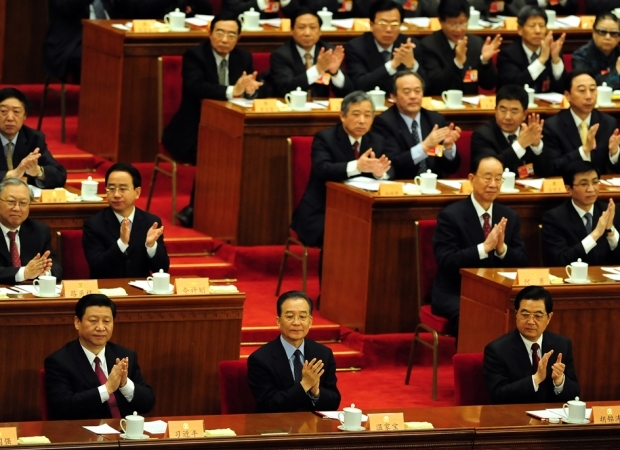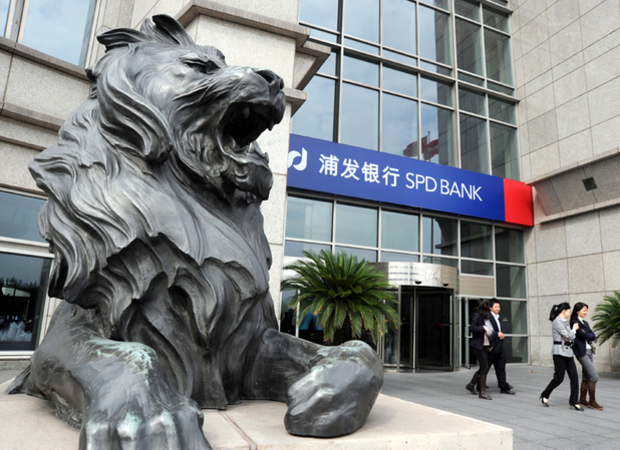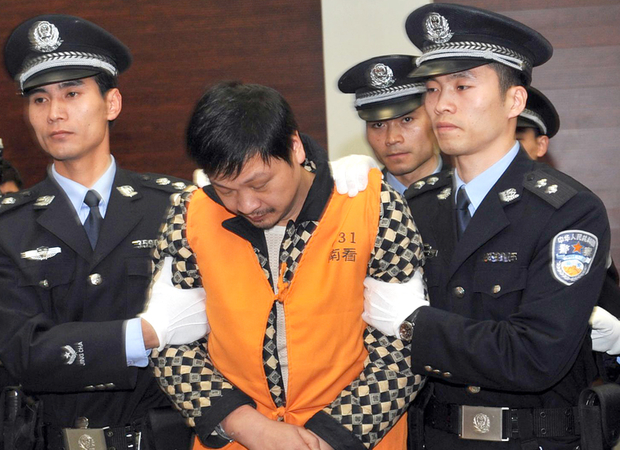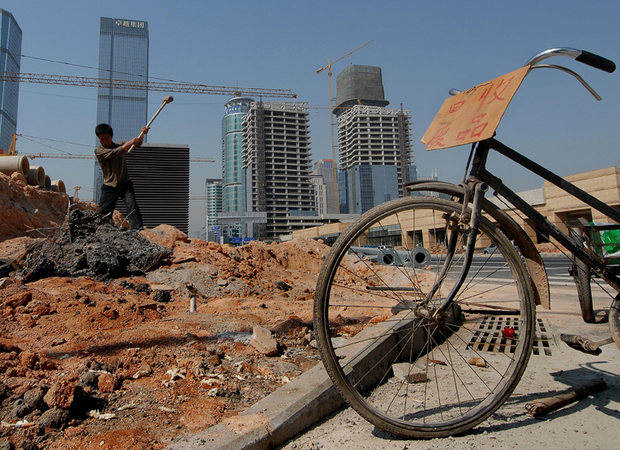China’s ruling executive body, the State Council, established the China Investment Corporation (CIC), a sovereign wealth fund, in September 2007 to invest $200 billion of China’s then $1.4 trillion in foreign exchange reserves. As with other sovereign wealth funds worldwide, the CIC’s existence allows China to invest its reserves in a wide range of assets, including stocks, bonds, and hedge funds. Congress and financial analysts raised concerns about the CIC after its creation, partly because it was a comparatively large sovereign wealth fund, partly because it was government-owned, and partly because it reported directly to the State Council. Some observers were apprehensive that the Chinese government would use the CIC to acquire control over strategically important natural resources, obtain access to sensitive technology, and/or disrupt international financial markets. The CIC attempted to counter these concerns by announcing that its investment strategy would conform to international standards, and sought only to maximize its “risk-adjusted financial return.” This report provides an overview of the CIC and its investment activities.








